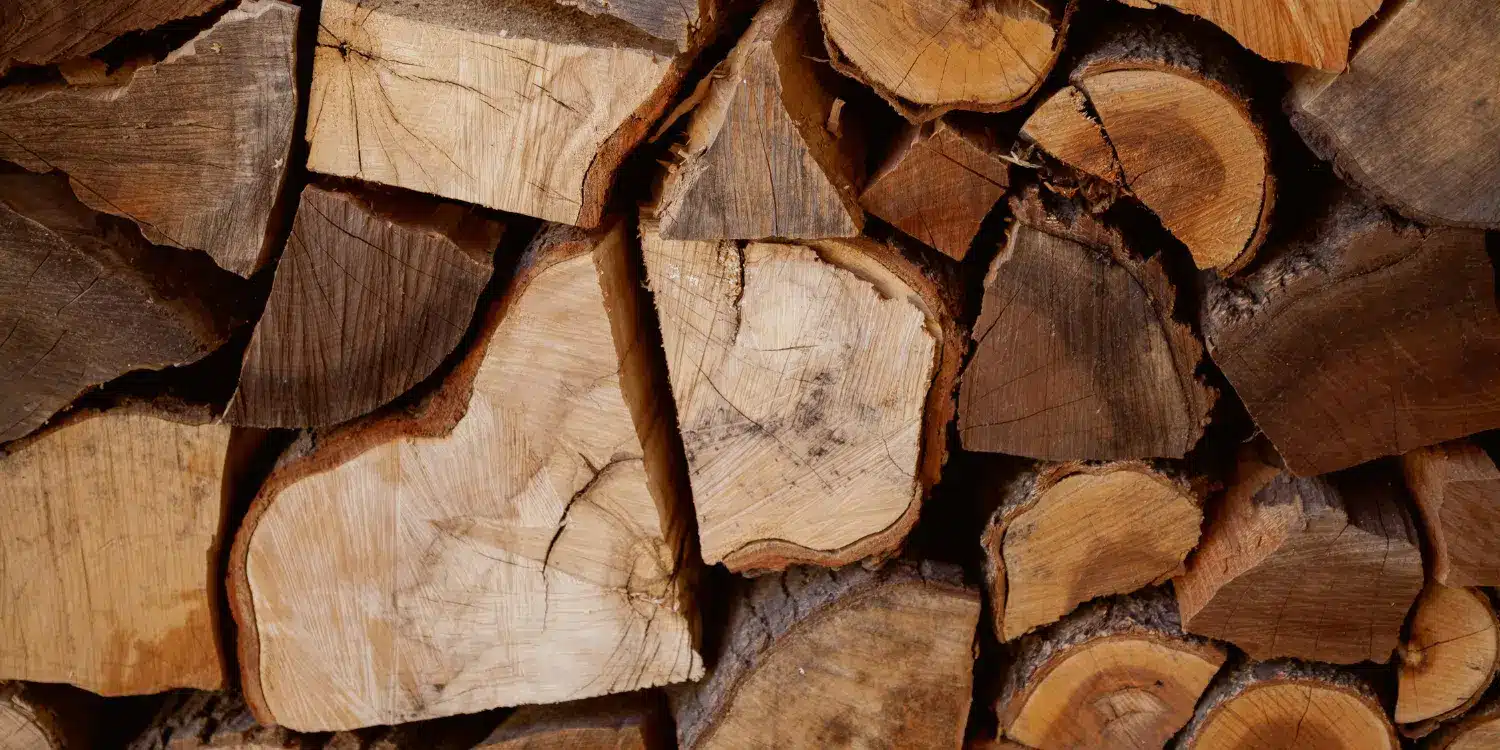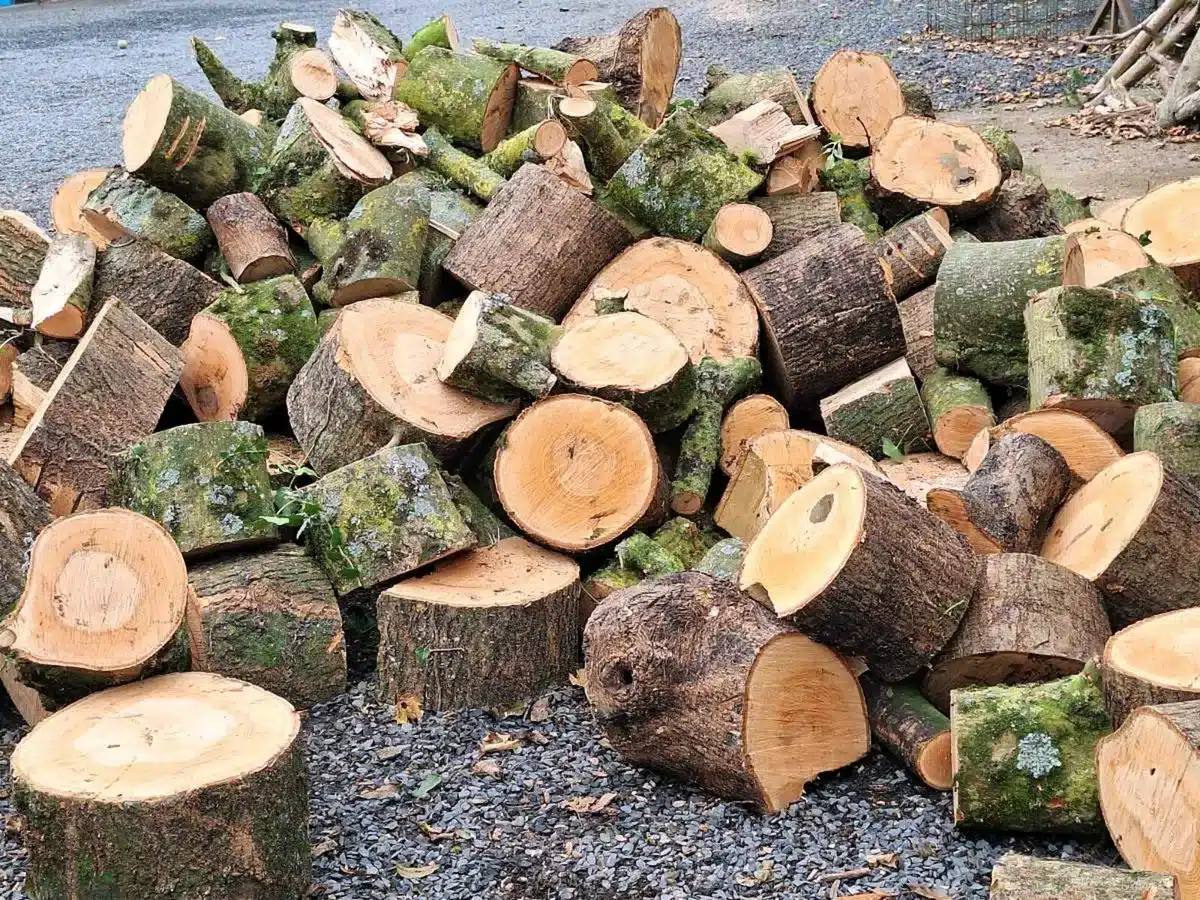When it comes to selecting the perfect firewood, ash often tops the list for its exceptional burning qualities. I love how it strikes a balance between being easy to split and providing a consistent, long-lasting burn. Whether you’re heating your home or enjoying a cozy campfire, ash firewood delivers a reliable and efficient performance that many other types can’t match.
One of the standout features of ash is its low moisture content, even when freshly cut. This means it burns well without needing extensive seasoning, making it a favorite among those who want hassle-free firewood. Its clean burn produces minimal smoke and ash, which is a huge plus for anyone looking to maintain a tidy fireplace or wood stove.
In my experience, using ash firewood not only enhances the warmth and comfort of a fire but also simplifies the process of maintaining it. Its versatility and dependability make it a top choice for firewood enthusiasts.
Characteristics of Ash Firewood
Ash firewood stands out for its unique attributes that make it a top choice for many. Hardness is a key feature; it offers a perfect balance between density and ease of use. Due to its moderate density, splitting ash is simple, saving both time and effort. This characteristic makes it highly desirable for those preparing firewood by hand.
Burning efficiency is another significant trait. Ash possesses a low moisture content, even fresh from cutting. This low moisture results in efficient burning and a steady flame with minimal sizzling and popping. It’s one of the few types of firewood that can burn well without extensive seasoning.
Smoke production is minimal when using ash. With low moisture, little smoke is released during combustion, making it ideal for indoor use in fireplaces or wood-burning stoves. This quality ensures a cleaner burn and less buildup of chimney soot over time.
Heat output from ash firewood is exceptional, providing substantial warmth and comfort. Its burn characteristics ensure a consistent, long-lasting heat output. When stacked against other hardwoods, ash holds its own by delivering reliable thermal energy, which enhances heating efficiency in different settings.
These characteristics contribute to ash firewood’s reputation as an excellent choice for both residential and recreational firewood purposes.
Advantages Of Using Ash Firewood

Advantages Of Using Ash Firewood
Ash firewood stands out for its remarkable characteristics, which make it a top choice among firewood and heating enthusiasts. Each advantage contributes to a superior burning experience.
High Heat Output
Ash firewood offers high heat output, ensuring consistent warmth. With its efficient combustion, it produces substantial heat, making it ideal for heating homes in colder months.
Easy To Split
Ash is easy to split, saving time and effort. Its moderate density means you can prepare logs effortlessly, facilitating quicker access to firewood.
Low Moisture Content
Even when freshly cut, ash has low moisture content. This allows for efficient burning without extensive seasoning, reducing smoke and enhancing fuel efficiency.
Comparison With Other Firewood Types
Ash firewood’s attributes stand out when compared to other popular firewood types. Its balance of burning efficiency, heat output, and ease of preparation make it a favorite.
Ash Vs. Oak
Ash and oak are both known for high heat output. However, ash’s lower moisture content allows it to burn more efficiently when freshly cut, unlike oak which needs extended seasoning. Ash splits easily, making preparation less labor-intensive than with oak. Its cleaner burn reduces soot buildup in chimneys compared to oak, which produces more smoke and residue.
Ash Vs. Cedar
Cedar’s aromatic properties and quick ignition are its strong points. Ash, nevertheless, surpasses cedar in sustained heat output. It also offers a steadier burn with minimal crackling, whereas cedar tends to burn faster and produce more popping sparks, posing a greater risk in indoor settings.
Ash Vs. Pine
Ash outperforms pine in heat generation and burn duration. Pine, with its high resin content, often creates more creosote when burned, increasing chimney maintenance needs. Ash’s low smoke and creosote production make it a safer choice for indoor fireplaces. Despite pine’s easy ignition, ash’s overall burning qualities offer a superior heating experience.
Best Practices For Using Ash Firewood
Optimizing the use of ash firewood involves understanding proper storage and ensuring effective seasoning. These practices maximize heat output and maintain quality.
Proper Storage Techniques
Stack firewood in a dry, well-ventilated area to prevent moisture accumulation. Use a raised platform to keep wood off the ground and protect it from pests (e.g., termites, rodents). Cover the stack with a tarp, leaving sides exposed for airflow. Firewood sheds offer an ideal solution by providing a structured environment against weather elements.
Seasoning And Drying
Ash is favorable due to its lower moisture content, but seasoning enhances burn quality. Arrange logs in loose stacks to facilitate air circulation. Ideally, ash firewood should dry for at least six months to achieve optimal dryness. Use moisture meters to ensure levels drop below 20% for efficient combustion. By managing these factors, ash firewood delivers maximum heating performance.
“The Environmental Impact of Ash Firewood”

Using ash firewood presents environmental implications tied to both positive and negative aspects. First, ash trees, like other hardwoods, sequester carbon dioxide during their growth. This process contributes to reducing greenhouse gas levels. When ash firewood burns, the carbon dioxide released mirrors the amount absorbed during the tree’s life cycle, making it a carbon-neutral resource in theory.
Second, sustainably sourcing ash firewood aids in minimizing deforestation. By selecting local, responsibly managed sources, I support forest health and biodiversity. Conversely, unsustainable harvesting practices can harm ecosystems and lead to habitat loss, increasing ecological imbalance risks.
Lastly, ash firewood’s low moisture content results in efficient burn rates and reduced smoke emissions. This quality lessens particulate matter release, lowering air pollution and potential respiratory health impacts. However, the transport of firewood from distant sources can negate these benefits by increasing carbon emissions. Prioritizing local supplies and supporting sustainable forestry practices enhances ash firewood’s positive environmental impact, aligning with eco-friendly principles.
Conclusion
Ash firewood truly stands out as a remarkable choice for anyone seeking efficient and reliable heating. Its unique qualities, from ease of splitting to consistent burning, make it a top contender for both residential and recreational use. The balance of heat output and minimal smoke production ensures a comfortable and clean experience. By following best practices for storage and seasoning, the benefits of ash firewood can be maximized, offering substantial warmth and convenience. Additionally, prioritizing sustainable sourcing and local supplies can enhance its positive environmental impact, making ash firewood not just a practical choice but a responsible one too.


Comments